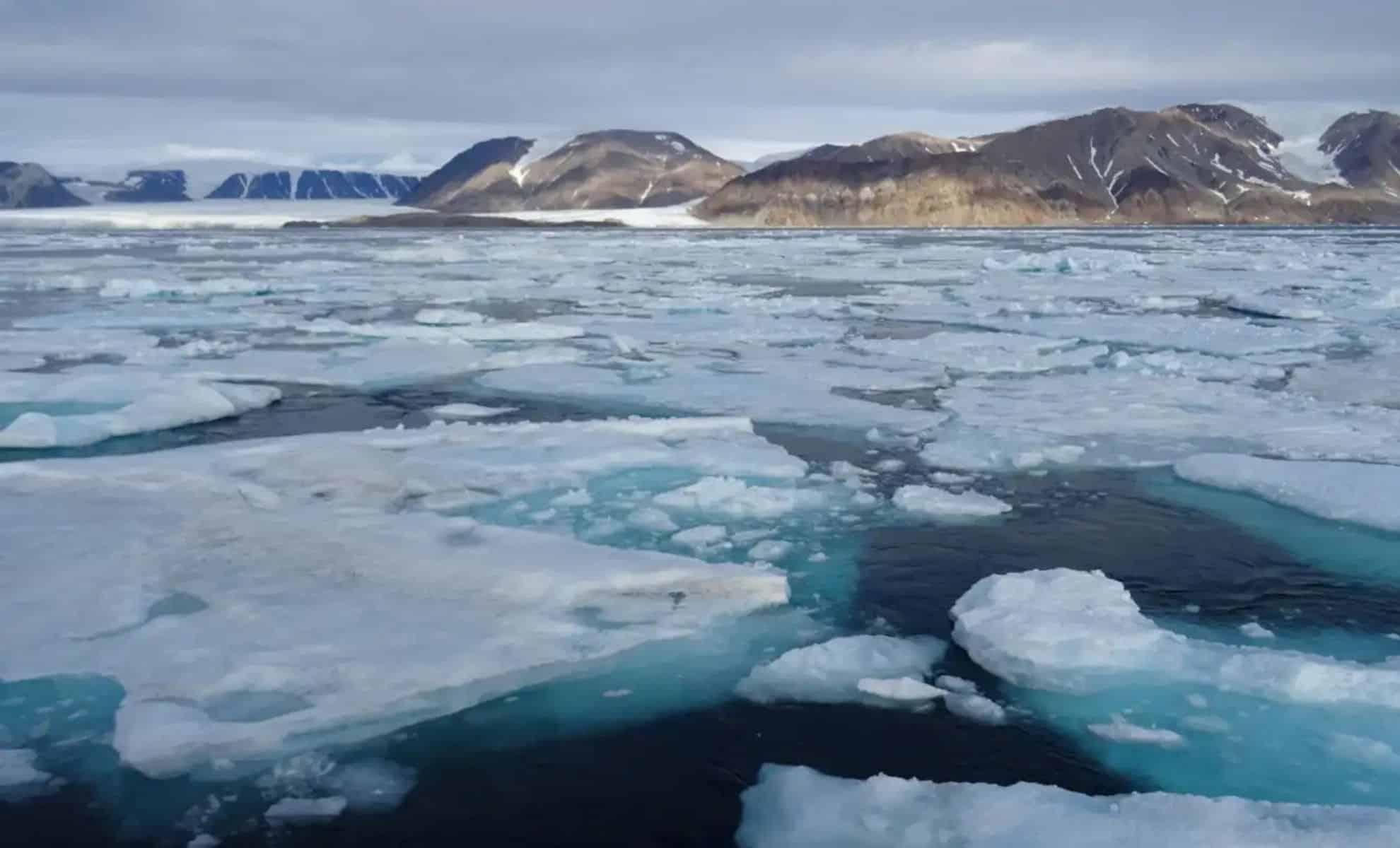
A remarkable finding in the Canadian Arctic has unveiled an ancient glacier that could date back over a million years, positioning it among the oldest glaciers discovered in permafrost. This glacier provides a rare opportunity to delve into the Earth’s climatic history and examine the climatic fluctuations during the Pleistocene epoch. The research commenced in 2009 when Daniel Fortier and his team were exploring landslides caused by melting permafrost. Throughout their investigations, they identified layered ice formations situated above an ancient fossilized forest, and radiocarbon dating indicated that the organic materials found within the ice were over 60,000 years old. This finding, coupled with a magnetic anomaly that aligns with a 770,000-year-old reversal in Earth’s magnetic field, substantiates the glacier’s age and significance. This discovery may offer essential insights into how Earth’s ice sheets and permafrost have historically responded to climatic changes, aiding our understanding of the ramifications of contemporary warming.
Why Is This Glacier Significant?
Glaciers serve as “paleoenvironmental records,” encapsulating details about ancient climates, ecosystems, and life forms on Earth. Ice cores extracted from glaciers retain organic remnants, fossils, and even ancient DNA, making them indispensable for scientists investigating the evolution of our planet. The identification of this glacier is crucial as it may assist researchers in comprehending permafrost reactions to historical climate shifts, ultimately offering clues about responses to present-day and future warming. As climate change rapidly progresses, scientists are particularly focused on predicting how permafrost and glaciers will respond under current conditions, where swift ice melt could lead to significant consequences—ranging from elevated sea levels to the release of methane, a potent greenhouse gas.
This glacier may also provide insights into Earth’s magnetic field and its historic changes. The correlation of magnetic minerals in the ice with a 770,000-year-old magnetic reversal could pave the way for further understanding regarding the interplay between Earth’s magnetic fluctuations and its climate. Such discoveries enhance our comprehension of the Pleistocene epoch and reveal how Earth’s climate dynamics and magnetic field have historically intertwined over millennia.
The significance of glaciers like this one highlights the need to investigate past climate patterns, particularly as present-day warming accelerates due to human activities. Scientists are eager to study ancient glaciers to procure a more comprehensive understanding of how the planet might respond to the contemporary climate crisis. The information yielded from this glacier could prove vital in forecasting our future.
What Are the Dangers of Modern Climate Change?
While the endurance of glaciers and permafrost against historical warming is clear, there is increasing apprehension regarding their reaction to today’s rapid climate shifts. The findings from this glacier suggest that these ice systems are more resilient than previously believed, yet experts remain cautious about their future stability. Daniel Fortier noted, “I don’t think permafrost will disappear so fast. The system is more resilient than we think,” acknowledging that although prior climatic fluctuations have influenced permafrost and glaciers, modern warming could potentially destabilize these ancient ice structures at an unprecedented rate.
Moreover, the study highlighted the potential threats posed by modern climate warming, particularly the phenomenon known as thermokarst, where permafrost experiences rapid erosion due to warming. Increased temperatures lead to thawing, exposing previously frozen organic matter, resulting in the release of substantial amounts of greenhouse gases like methane into the atmosphere, consequently exacerbating the warming effect. The findings advised that while the glacier’s archives may appear stable, accelerated warming could disrupt these ancient records, jeopardizing both glaciers and the permafrost they safeguard.
This research not only underscores the vulnerability of glaciers and permafrost amid today’s rising temperatures but also emphasizes the necessity for further investigations. The degradation of permafrost and glacial instability could result in severe implications for future generations. Additional research is essential to evaluate the long-term impact of ongoing ice sheet melting on global systems.
How Can We Safeguard These Vital Resources?
As the world confronts the escalating impacts of climate change, protecting glaciers and permafrost has become critically urgent. While the discovery of this ancient glacier provides a glimmer of hope for comprehending historical climate dynamics, the current challenges posed by permafrost erosion, sea-level rise, and ecosystem disruption necessitate immediate action.
Research indicates that modern climate change, primarily driven by human actions, is inducing an unsustainable rate of warming, jeopardizing both natural ecosystems and human infrastructure. Fortier’s investigation has called upon policymakers and researchers to seek ways to mitigate human impact by lowering greenhouse gas emissions, investing in renewable energy, and promoting energy-efficient technologies. While Fortier suggests that the permafrost system may have more resilience than once thought, its stability is still contingent on the pace and extent of warming in the coming years.
Supporting ongoing scientific research is crucial as it empowers scientists to refine climate models and create strategies to preserve glaciers and permafrost. Additionally, both local and global initiatives to combat climate change are vital to ensure that glaciers, such as the one discovered in the Canadian Arctic, continue to offer valuable insights into Earth’s past and future climate.
This article has been republished from the following source. Note: material may have been edited for length and content. For further information, please refer to the cited source.
Have thoughts to share? Join the discussion in the comments
Enjoyed reading this article? Subscribe to our free Newsletter for captivating stories, exclusive content, and the latest updates









